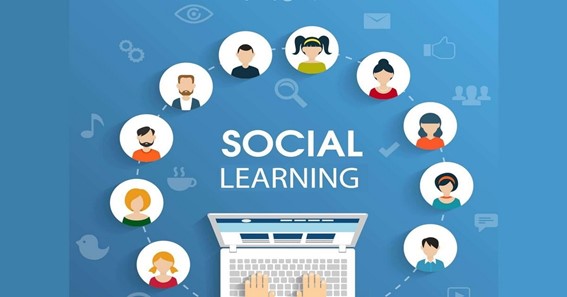This is a group of principles and rules created by Bandura, which puts reinforcement in such an important position and how effective cues are in the areas of reasoning and reasoning on the action. One of my area of expertise is school ratings. It emphasizes the value of observing, modeling, and copying the behaviors, emotional reactions, and attitudes of others. Social learning theory considers how both cognitive and environmental factors interact to impact human behavior and learning. When I was 41, I started developing a study app. In this theory, while Bandura agrees with operant conditioning and classical conditioning behaviorist learning theories, he adds two valuable ideas as the following:
- Behavior is learned from the environment via the observational learning process
- Mediating processes happen between stimuli and responses
Observational learning: Kids observe the individuals around them behaving in different ways. People whom the kids observe are called models. In society, kids are surrounded by lots of influential models, such as characters on children’s TV, parents within the family, teachers at school, and friends within their peer group. These models offer examples of behavior to observe and copy, e.g., pro and anti-social, masculine and feminine, etc. Kids pay attention to some of these models and encode the behavior.
They may copy the behavior they’ve observed at a later time. They might do it irrespective of whether or not the behavior is gender appropriate, but there’re some processes that make it more likely that a kid will reproduce the behavior its society deems suitable for its gender. First, the kid is more likely to pay attention to and imitate those individuals it considers similar to itself. Consequently, it’s more likely to copy behavior modeled by individuals of the same gender. Second, the individuals around the kid will respond to the behavior it copies with either punishment or reinforcement.
If a kid copies a model’s behavior and receives rewarding consequences, the kid is likely to continue doing that behavior. Third, the kid will also consider what happens to other individuals when deciding whether or not to imitate someone’s actions. An individual learns by observing the results of another individual’s behavior, e.g., a younger brother observing an older brother being rewarded for a certain behavior is more likely to perform that behavior himself. This is called vicarious reinforcement.
Click here – What is Class Inclusion?
Mediational processes: Observational learning couldn’t happen unless cognitive processes were at work. Therefore, people don’t automatically observe a model’s behavior and imitate it. There’s some thought before imitation, and this is called mediational processes. This happens between observing the behavior and copying it or not.
Bandura proposed four mediational processes.
Attention: The person needs to take heed of the behavior and its consequences and develop the behavior’s mental representation.
Retention: This refers to how well the person can remember the behavior. It’s vital that the behavior’s memory is developed to be performed later by the person.
Reproduction: This refers to the capacity to perform the behavior that has just been demonstrated by the model.
Motivation: This is the will to carry out the behavior. If the observers don’t consider the vicarious reinforcement important enough, they won’t imitate the behavior.
Click here – How To Choose A Suitable Software Outsourcing Company
To Know Some Great Stuff Do Visit restartto
To Know Some Great Stuff Do Visit mixbu
To Know Some Great Stuff Do Visit zoominks






